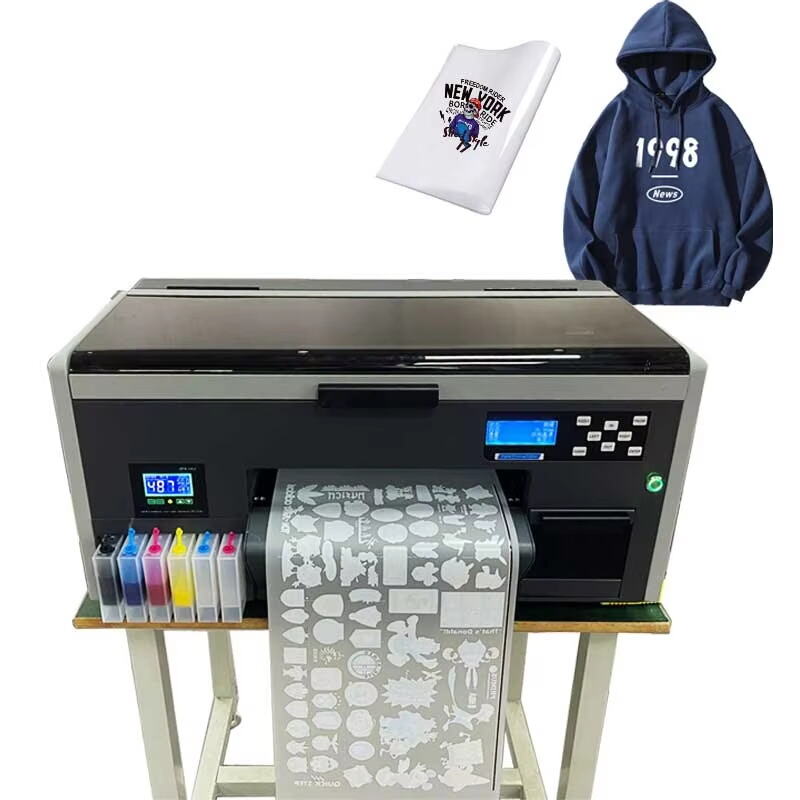led vacuum exposure unit
The LED vacuum exposure unit represents a significant advancement in printing and circuit board manufacturing technology. This sophisticated device combines LED light technology with vacuum pressure to ensure precise exposure of photosensitive materials. The unit features an array of high-intensity LED lights that provide uniform illumination across the entire exposure area, while the vacuum system creates an airtight seal between the artwork and substrate. This technology operates by drawing out air between the film and surface, eliminating any potential gaps that could cause diffraction or light scattering. The unit's digital control system allows for precise timing and exposure settings, ensuring consistent results across multiple projects. Applications span various industries, including PCB manufacturing, screen printing, flexography, and photochemical machining. The exposure unit's innovative design incorporates multiple wavelength options, typically ranging from 365 to 405 nanometers, making it suitable for various photosensitive materials. Advanced models feature programmable memory settings, allowing operators to store and recall specific exposure parameters for different applications. The unit's construction typically includes a heavy-duty frame, UV-resistant glass, and industrial-grade components designed for continuous operation in professional environments.


